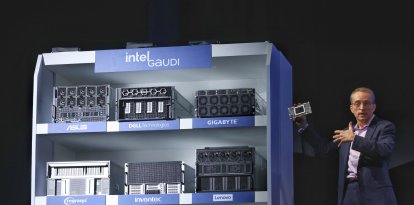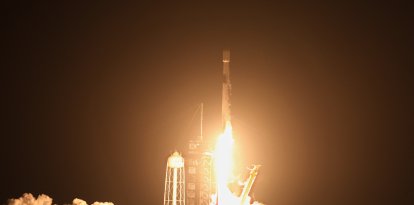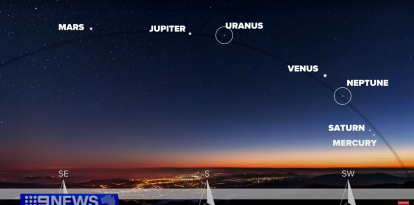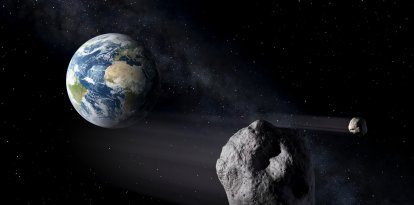U.S. scientists to announce "historic breakthrough" in fusion energy
A California lab managed to achieve fusion with a net energy gain for the first time, marking a "decades-long" progress in research.
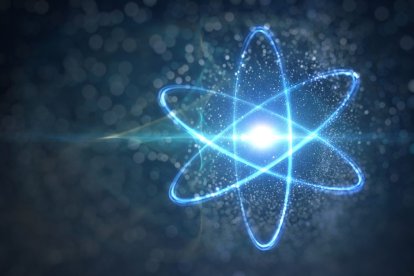
(IStock).
U.S. scientists have achieved a major milestone in the search for nuclear fusion energy, the Department of Energy will reportedly announce. After decades of research and billions of dollars invested, a team at Lawrence Livermore National Laboratory (LLNL) in Livermore, California achieved a fusion reaction that generates a net energy gain. Although this achievement will not have an immediate application in everyday life, it represents a potentially giant leap in the clean energy field.
The Department of Energy had planned to announce "a scientific breakthrough" tomorrow, but the scoop was leaked to the Financial Times. From a political point of view, it is a major triumph for the U.S. to have been the first to achieve this, in a race in which all the world's powers have invested countless resources. It is also good news for the Biden administration and the Democratic Party in its war against fossil fuels and its commitment to renewables and clean energy.
Billions invested by the major powers
The Inflation Reduction Act signed by the president in the summer disbursed billions of dollars in funds to nuclear fusion-related projects through direct grants and aid. Nuclear fusion is intended to provide unlimited, cheap and clean energy by reproducing the nuclear reaction by which energy is created in the sun. The energy obtained in this way emits no carbon, produces no long-term radioactive waste. In theory, fusion could could power a house for hundreds of years using just a small cup of hydrogen.
In statements to the Financial Times, expert Arthur Turrell stressed that "if this is confirmed, we are witnessing a moment of history. Scientists have struggled to show that fusion can release more energy than is put in since the 1950s, and the researchers at Lawrence Livermore seem to have finally and absolutely smashed this decades-old goal." Until now, the experiments always ended up consuming more energy than that which was generated by the fusion reaction. Scientists from all the world's major powers will continue to experiment with fusion in an attempt to perfect the process.
Scientific and engineering challenges ahead
The science of nuclear fusion is based on colliding two atoms at incredibly high speeds and transforming the energy of that reaction into electricity. Despite the success at LLNL, which is still being quantified because the diagnostic equipment was damaged during the experiment, real scientific and engineering challenges remain, especially in terms of producing a material that can withstand such a high amount of energy.
One of the world's largest lasers was used in the experiment. In addition, the resources required to make fusion practical for energy production are immense. Moreover, there is still no machinery capable of affordably converting the energy released by fusion into electricity that could be practically incorporated into the power grid. According to scientists, building devices large enough to create fusion energy on a large scale would require materials that are extraordinarily difficult to produce. At the same time, the reaction creates neutrons that put enormous stress on the equipment that creates it, and it can easily be destroyed in the process.
RECOMMENDATION
